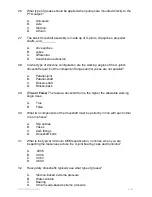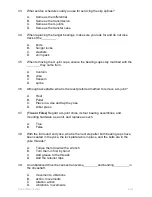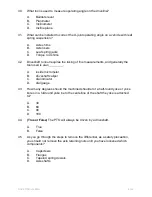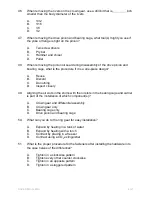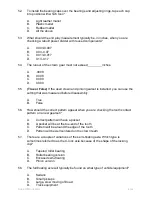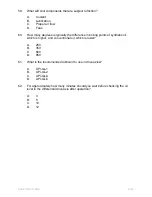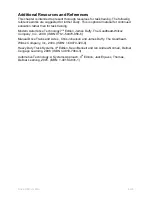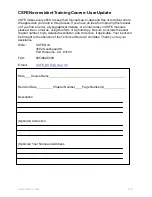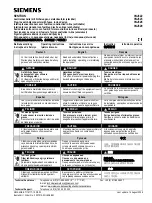
Lubrication-related damage may take place even if the correct lubricant is used. Often
the intervals between servicing are inadequate for the application, resulting in
component damage. Lubricants that are used in axle assemblies have three general
functions:
•
Provide an adequate lubrication film quickly and reduce friction between sliding
and rolling surfaces.
•
Remove excess heat from high friction areas and maintain correct operating
temperatures.
•
Remove dirt and wear particles from the bearings and other high friction areas.
If and when lubricating damage occurs to axle components, there are generally three
basic problem areas that are responsible:
1. Contaminated lubrication
2. Low lubrication levels
3. Incorrect lubricant for the application or depleted additives
Lubricant practices that we will discuss are general examples, and you should always
refer to the OEM manufacturer's service manuals for detailed procedures. Many
manufactures allow the use of synthetic lubricants in axles; this extends service
intervals significantly. The initial cost of synthetic lubricants is much higher upfront, but
in the long run can be significantly less costly since drain intervals can often be
increased by two or three times when compared to conventional crude-based lubricants.
Synthetic lubricants have many qualities that conventional oils do not have, such as a
much higher boiling point when compared to conventional oil, 600°F versus 350°F.
Another important factor to consider when deciding on the use of synthetic oil is the
amount of cold weather operation to which your equipment is exposed. Synthetic oil has
much better fluidity than conventional oil in extremely cold weather; this could mean the
difference between having lubrication instantly or operating for a few minutes before the
oil can flow properly.
5.2.2 Proper Lubricant
Many differentials have been ruined by a phenomenon called "channeling," which
occurs in cold weather; the thickened oil is parted by the rotating ring gear and is too
thick to flow back. This results in inadequate lubrication until the oil heats up. Often, by
then the gears and bearing have sustained damage from the lack of lubrication. A good
solution to this type of problem is to use a high quality synthetic lube-one that meets
API-GL-5 specifications. All lubricants used in axle assemblies must meet the American
Petroleum Institute (API) and Society of Automotive Engineers (SAE) Gear Lubrication
(GL) standards. Today, the use of GL-1, GL-2, GL-3, GL-4, and GL-6 is no longer
approved for newer axle assemblies by many manufacturers and should be
discontinued. The recommended lubricant to use in the drive axles now is API-GL-5,
which is rated as an extreme pressure lubricant and is required for use in axle
assemblies that use hypoid gears. Using the correct viscosity will be operating-
temperature dependent, and should be adhered to.
Figure 8-107
shows the proper
grade of lubricant for a given operating temperature.
NAVEDTRA 14050A
8-96























